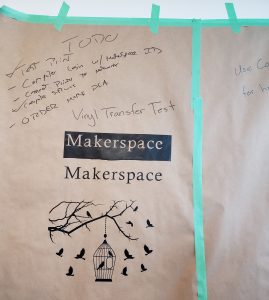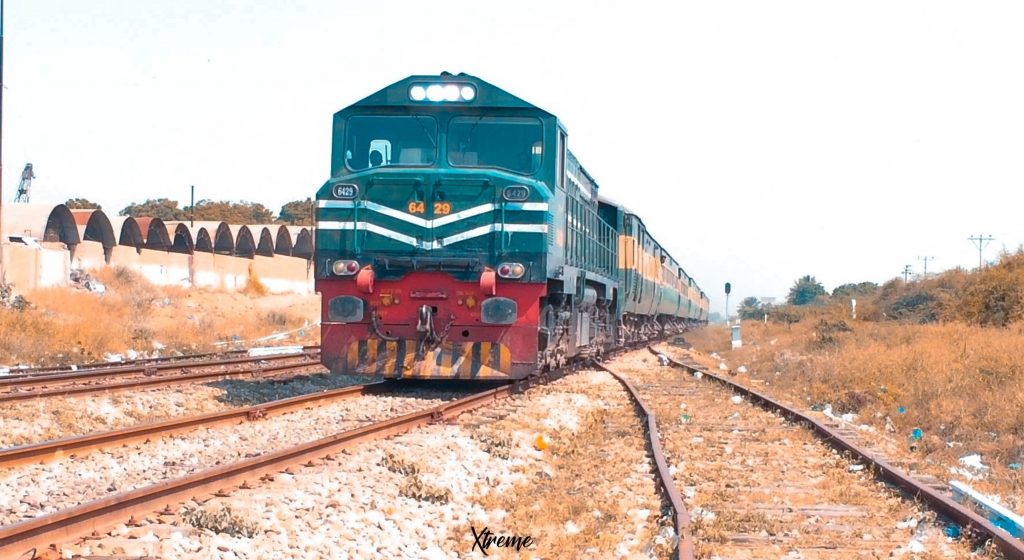 As we look forward to being back in the classroom in the fall, we think about the pleasure of being back face-to-face with students. No more technical glitches!
As we look forward to being back in the classroom in the fall, we think about the pleasure of being back face-to-face with students. No more technical glitches!
 You can stand up, move around, and gesture!
You can stand up, move around, and gesture!
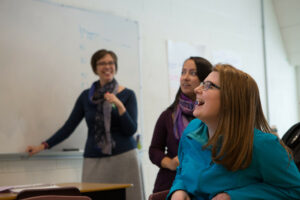
And really see your students again!
But before you recycle all your videos and online exercises, recognize that you have done some pretty great stuff over the last year. COVID gave us lemons and you made lemonade! And some of that lemonade might be great served up as part of your face-to-face class too!
In a recent CELT workshop, Terryl Atkins reflected on viewing student artwork in online portfolios instead of in a classroom gallery set-up.
The community is amazing. The students are really focusing on the work…they are engaged…it’s amazing, I’m hanging on to that! The thing that is helpful is that all of that stuff is up there for them to look at in the interim…they can go back and they can look at somebody else’s stuff and they can say, “Oh, she said X about this” and then it pushes everybody. – Terryl Atkins
“Historically, pandemics have forced humans to break with the past and imagine their world anew. This one is no different. It is a portal, a gateway between one world and the next” (Arundhati, 2020). Outside of the technical challenges that the pandemic presented us, it challenged us to find new ways to reach and to engage with students and help them to build community. It also may have impacted how you used the contact time you have with students (using it for discussion, collaboration, and activity rather than one-way information provision). In this way, you may have adopted a flipped-classroom pedagogy where students use readings or videos to learn basic information and then come to class ready to engage in activity, discussion, or case-studies. In a 2018 study of faculty transitioning from online teaching back to the traditional classroom, faculty reported that they took on more of a facilitator role, integrated more technology into their classroom, and incorporated more asynchronous teaching practices such as discussion forums, blogs, and wikis (Andrews-Graham, 2018). Deciding how you can leverage what you have built over the past year when you move from remote teaching back to the classroom will not only allow you to use some of your hard work, but also improve your face-to-face teaching practices and your student’s learning.
Over the next several months, CELT will be offering various workshops aimed at helping you transition back to the classroom in the fall while leveraging the pedagogy, teaching practices, and techniques you have discovered over the past year.
References:
Andrews-Graham, D. (2018). The effect of online teaching on faculty after returning to the traditional classroom. Online Journal of Distance Learning Administration, 21(4). https://www.westga.edu/~distance/ojdla/winter214/andrewsgraham214.html
Arundhati, R. (2020, April 3). The pandemic is a portal. Financial Times. https://www.ft.com/content/10d8f5e8-74eb-11ea-95fe-fcd274e920ca
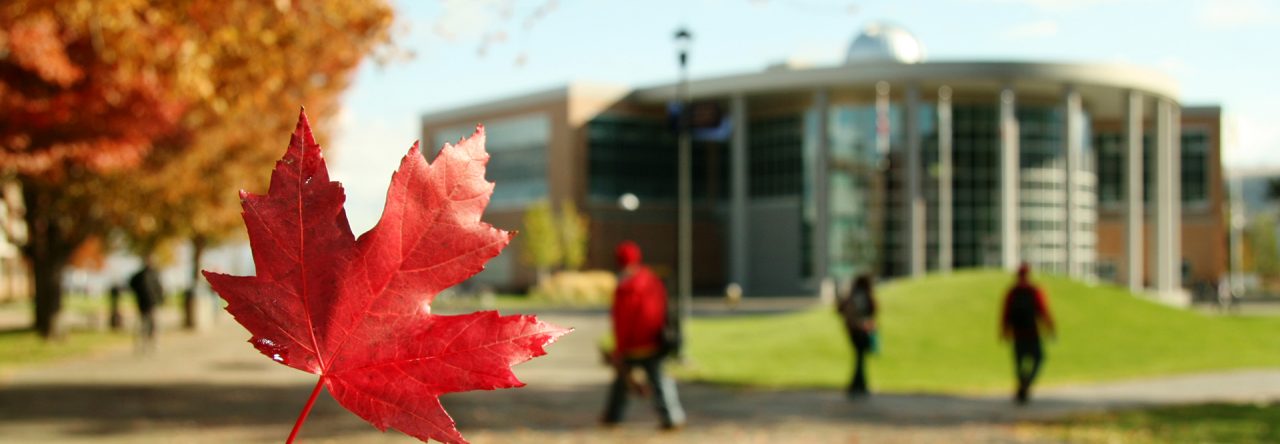
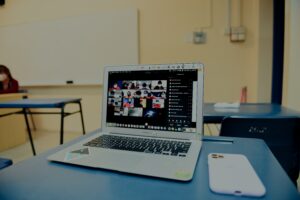
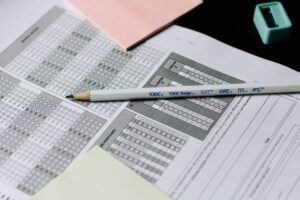
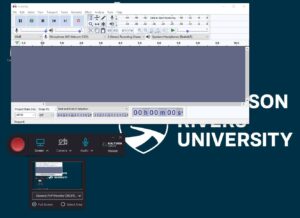
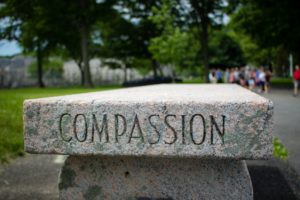
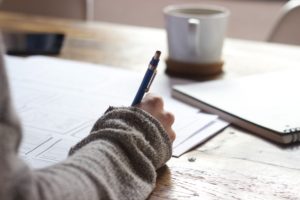
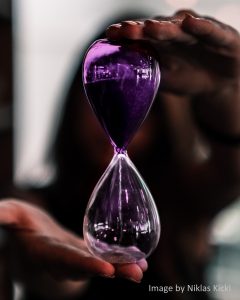 by Carolyn Ives
by Carolyn Ives

